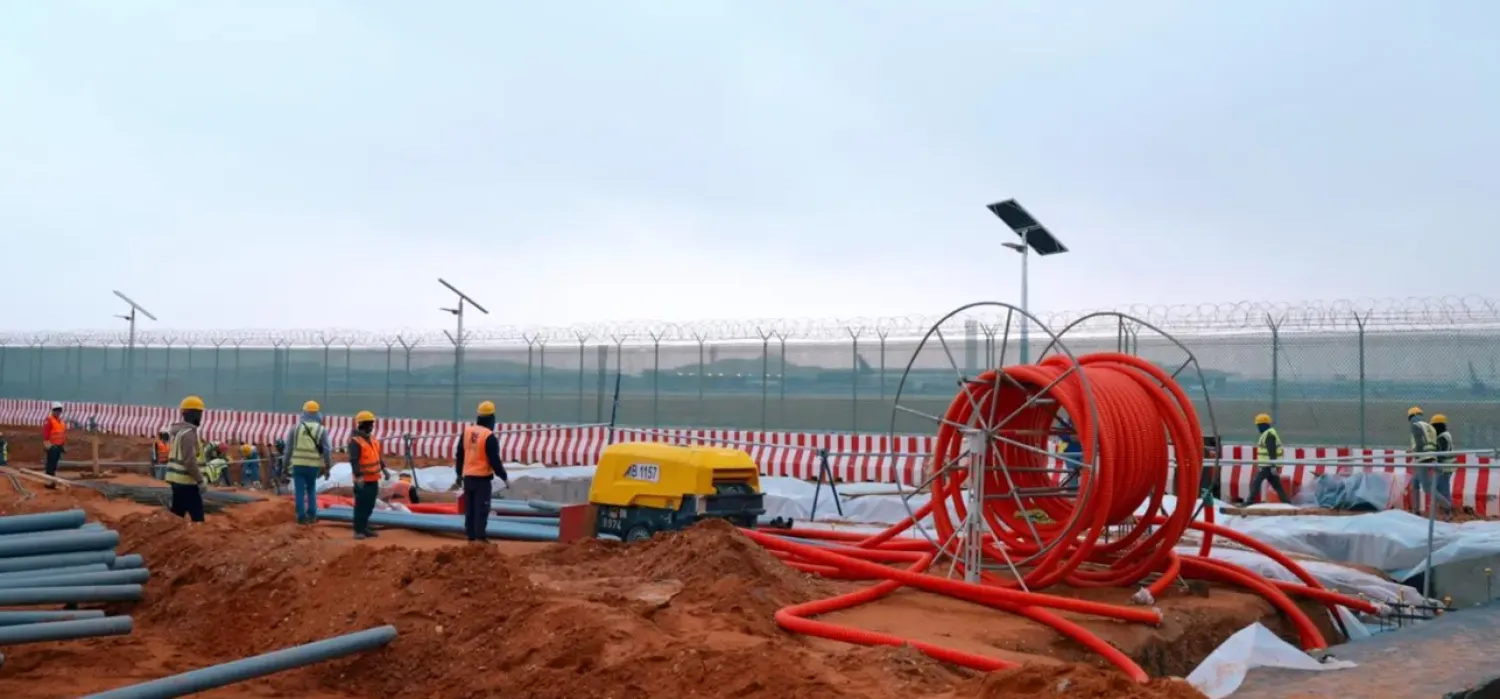Saudi Arabia has established the Air Connectivity Program in 2021 to work with air carriers and airports with the aim to launch additional routes and flights to targeted destinations.
The Kingdom is seeking to become a global aviation hub through several initiatives and programs, at the forefront of which is the National Aviation Strategy, which seeks to connect 250 direct destinations to and from Saudi airports, increase air traffic, and raise the volume of cargo.
In remarks to Asharq Al-Awsat, Executive Vice President of Aviation Development in the Air Connectivity program, Rashid Al-Shammari talked about a plan to expand air routes through 29 airports in the Kingdom by adding the largest number of plane seats.
He explained that the program links the National Tourism Strategy to the National Aviation Strategy through the launch of new routes, additional flights in priority target markets and seasonal trips.
He made his comments on the sidelines of the first annual meeting in the Middle East of the General Assembly of the Airports Council International, which is held in Riyadh from May 22-23.
He stated that the Air Connectivity Program has been able to launch more than 50 routes since its inception in 2021, and works to facilitate entry into the market and enhance expansion opportunities for travel partners to achieve the goals of Vision 2030, in addition to empowering cadres and developing operational excellence based on the latest technologies.
Some of the routes that were launched include a connection between Beijing and Riyadh. The program also cooperated this year with the Italian national carrier ETA to operate flights from the city of Rome to Jeddah and Riyadh.
At the global level, the Kingdom jumped 14 places in the rate of international air connectivity, to reach the 13th place in 2023 compared to 27th in 2019, according to the latest air connectivity index report issued by the International Air Transport Association (IATA), in a classification that includes more than 200 countries.
Moreover, in 2023, Riyadh Air was established by the Public Investment Fund, targeting more than 100 destinations by 2030 and providing more than 200,000 direct and indirect job opportunities, as well as contributing SAR 75 billion ($20 billion) to the country’s gross domestic product.









